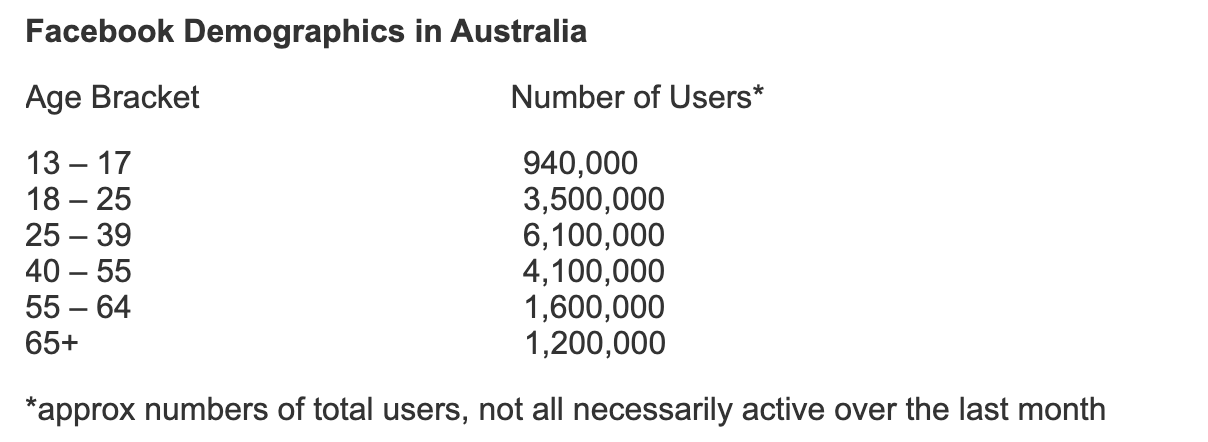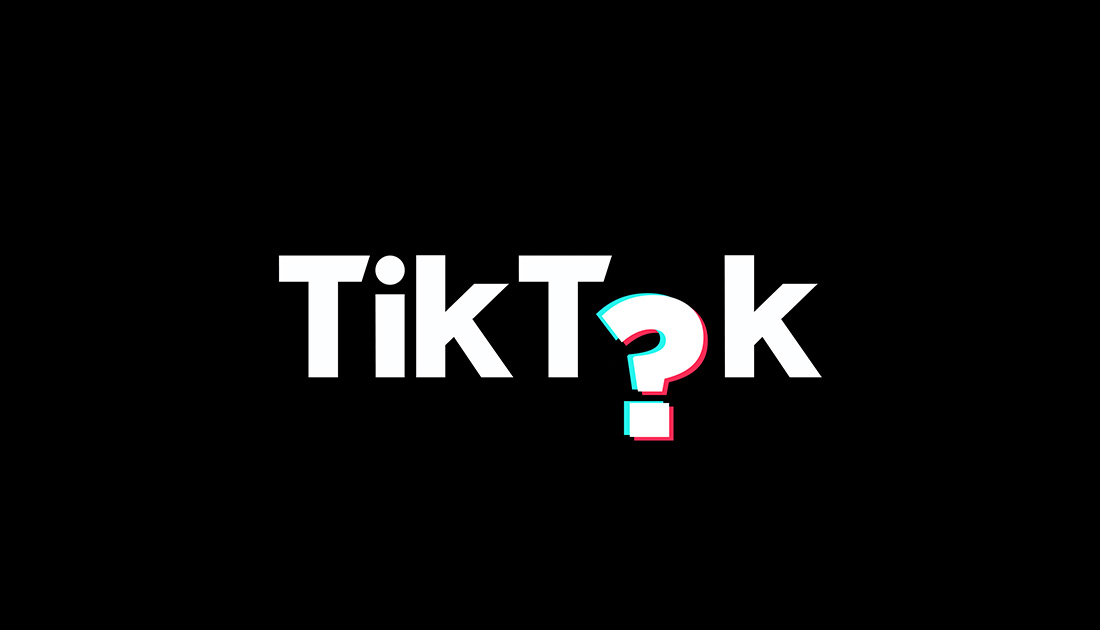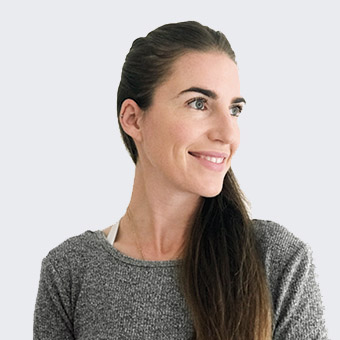Should my business be on TikTok?
The straight answer to this question is, not necessarily. TikTok isn’t for everyone. It was and has been the new craze sweeping the social media world, but just because there’s a popular new platform or an exciting new platform feature doesn’t always mean we need to jump on it right away.
As we all know, creating well-thought out content for social media takes time and a lot of resources. If you’re not going to do it really well, and the audience on that platform isn’t the right demographic for your service or product, then it’s probably not worth the time and effort… it may not be the right place for your business.
However it does bring to light what we really want to talk about today. That it’s most important to be up to date with everything social, so you can make the right decisions for your business in terms of where it’s seen and how you interact with your audience. So here’s a little breakdown of the more well-known social media platforms, their general audience demographic and the best kinds of content to use for each one.
Let’s start with the ‘founder of social media’, Facebook. We use the term ‘founder’ loosely as of course there was MySpace and various other online networks before Facebook, but let’s be honest, nobody uses any of those now. Facebook still has a very loud and proud voice, so we’ll have a little look at who’s listening via this platform.
Let’s take a look at the figures
After 15 years in the business Facebook is still one of the most used social media platforms, with 60% of Australians active on the platform (according to Social Media News). As of their November 2020 statistics, the monthly active user count was sitting at 16,500,000. So, that’s a pretty big pool of people floating about in the Facebook feed. For those who think Facebook is on the decline in terms of marketing opportunities, rest assured, that’s far from reality.
Each platform has its own dedicated audience and they all differ slightly from one another. Platforms like TikTok have gained huge uptake but they currently skew toward a younger demographic of 13-17. While Facebook holds the older audience, with the bulk of their users sitting between 25-55 (as laid out by the table below.)

Image source: Social Media News.
So what does this tell us? Well basically if your desired customer sits within this age bracket, then yes — you should be on Facebook. If you’re not focusing on creating content FOR Facebook and you do target this demographic, then it’s just a wasted opportunity for customer connection.
It’s all about the content
If LinkedIn and Instagram had a baby, Facebook would be the result. It’s a little more conservative than Instagram, it can be professional and corporate but you can still have fun — It’s not quite as serious as LinkedIn. You can post your behind-the-scenes office jokey content here, as well as celebrate the accolades or awards you’ve won in your industry and share insights and blogs.
The key is to mix it up and engage with your users. Try the below:
- Ensure you have wall comments enabled, so followers can interact with your brand and ask you questions.
- Don’t be afraid to have personality in your responses. And above all, respond to any communication (comments or direct messages) as soon as you possibly can. Don’t be inactive.
- Share some content with Instagram but create bespoke Facebook content too. Videos do really well on this platform. Consider creating videos specifically for your Facebook audience. Stop motion (like the below) is a really cool way to capture attention. https://www.facebook.com/watch/?v=773735332973687 (embed video)
- Use the features. Try a Facebook LIVE, tell stories. For all those long-form writers, this is your time to shine. Write longer captions on Facebook, this is a platform that lends itself to storytelling and the users do want to read and learn through the feed.
- Start a Facebook group. This is a great way to have another, more casual touchpoint for your audience.
- Schedule events. If you’re planning on going LIVE, make an event for it so you can inform your followers and encourage them to share the event with others.
These are just a few of the features we would recommend using, but as with the platforms themselves, it’s important to really assess your brand and know your audience so you use the features most suited to both.
*NB: The recent updates banning shared news articles in Australia may over time effect the way the platform works in terms of content sharing and what is most optimal. We will be monitoring this and look to share an article with updates specifically around this in the near future.
YOUTUBE
Next cab off the rank is YouTube. Mainly because when looking at the Social Media statistics for Australia in the back end of 2020, YouTube came in second to Facebook in terms of monthly unique users. YouTube is a pretty tricky and vast network to navigate and it’s really not for everybody, so when thinking about this platform — be truly discerning in terms of the value it can add for your business.
So, is YouTube for you?
Well it can be used in a variety of ways. For instance if you do want to create bespoke informational videos to use on your website or even share across other social media platforms, YouTube can be a great place to house this content. You don’t need to nurture the platform in itself, you can just use it as a hub to upload videos — which you embed elsewhere. So there’s that.
Or, if you really want to give YouTube a red hot go, then you’ll want to do some of their certification courses. Get educated on how best to use the platform, from the platform itself. As it’s a free content world, there are a lot of IP and copyright issues to navigate. If you’re not up to speed with this then your content will get taken down. So it’s worth spending the time learning about their copyright infringement policies.
If your product naturally lends itself to video content (short or long form), then it’s worth spending the time on YouTube. Think, videos demonstrating ways to use your product, explaining your service or sharing insights about your industry. As with everything, if you’re going to do it, do it well.
- Create a really great banner for your channel. Make sure it’s to YouTube specs.
- Create a welcoming video. This will play automatically when people land on your channel and explain who you are, what you do and what kind of content they’re likely to find here.
- Create categories and playlists for your videos. Make it easy for users to navigate your channel.
- Add end screens and prompts within the videos. This is a feature accessible through the built-in video editor within the platform. It ensures that when your video ends, the user is then auto-directed to a new video from your channel, rather than a randomly selected one by YouTube. You want to keep people on your channel, as that screen time then helps promote your content in the YouTube ecosystem. Similar to the way engagement promotes content in a Facebook feed.
As we make our way down the line of popularity, Instagram comes in third. We all know it. We all love it? Well most of the time anyway. It’s simple. Pictures or videos with captions. However with the algorithm becoming increasingly stat driven, Instagram isn’t quite as easy to use for gaining audience traction as it once was. Back in the good old days the feed was chronological and not algorithmic.
The figures
9,000,000 active monthly users in Australia, mainly under the age of 35. So it’s a younger demographic than Facebook and more specific than YouTube.
So, should I be on it?
Simply, if you have an audience that may be younger than 35 — yes. But again, create content for the platform specifically. Instagram is driven by the visual element, so if you’re not going to take time with professional photography or at least stylised photography, then your content just isn’t going to stand out. Here are a few tips and tricks for Instagram:
- Have a uniform look and feel for your feed. This can be as simple as just always using the same filter on images.
- As with the other platforms, use the features (where suitable for you). Instagram have a lot of them. Live, Stories, Reels, Shop and they’re adding more all the time. So keep up to date!
- Use hashtags. Instagram is really hashtag driven in terms of discoverability. Really think about your audience and what they search for — use hashtags that align with that but are still relevant to your content.
It’s the biggest social platform that caters to business professionals, and it’s a powerful place to connect with your peers.
LinkedIn people
6,500,000 monthly active users in Australia, with the bulk of the demographic sitting between age 36-45. A really important footnote here is that 57% of LinkedIn users access the platform solely through mobile. Meaning your content needs to work for that device too.
If you’re a business professional, you should be on LinkedIn
There’s not really much discussion with this one. Every active business should have a business page on LinkedIn. This is where you’re going to connect with industry professionals and network with potential collaborators. Not to mention, where people will find you when they want a professional profile of your business.
LinkedIn content
This isn’t the place for your Instagram curated imagery, LinkedIn can be more ad-hoc with sharing your professional achievements or insights.
- Post up blogs you’ve written that drive traffic to your website.
- Share staff or business accolades.
- Share informative video content.
- Use the features! LinkedIn Live, polls, Slideshare, carousel posts.
TIKTOK
Let’s have a super quick chat about social media’s newest member — TikTok. (Although Clubhouse is on the scene now too – if you’ve received an invite!)
TikTok in numbers
With an ever growing audience, by the end of 2020 the monthly user stats were sitting at 1,100,000 in Australia. Users are mainly between the ages of 16-24.
So if you’re marketing a younger product or service, TikTok is probably a good place to be seen. The advantage of this platform for the moment is that it’s not yet algorithmic in the way the content is delivered or discovered. So it’s (in a way) easier to ‘go viral’ or gain large followings than it is for the other platforms who since implementing the paid element, are largely reliant on that.
What can we take away from this?
Our main point here is, always audit your social media channels. Be up to date with the platforms and their audience and features to ensure you’re spending time and resources in the right place. We always like to say – do fewer things but do them well.There’s no point spending a whole lot of your energy on creating content for YouTube if it’s more suited to LinkedIn. You just won’t get the return on your investment.
So get to KNOW these platforms, make it your business to understand each and every one, so that if an opportunity is there to connect more with your audience — you know how to best make use of it.


